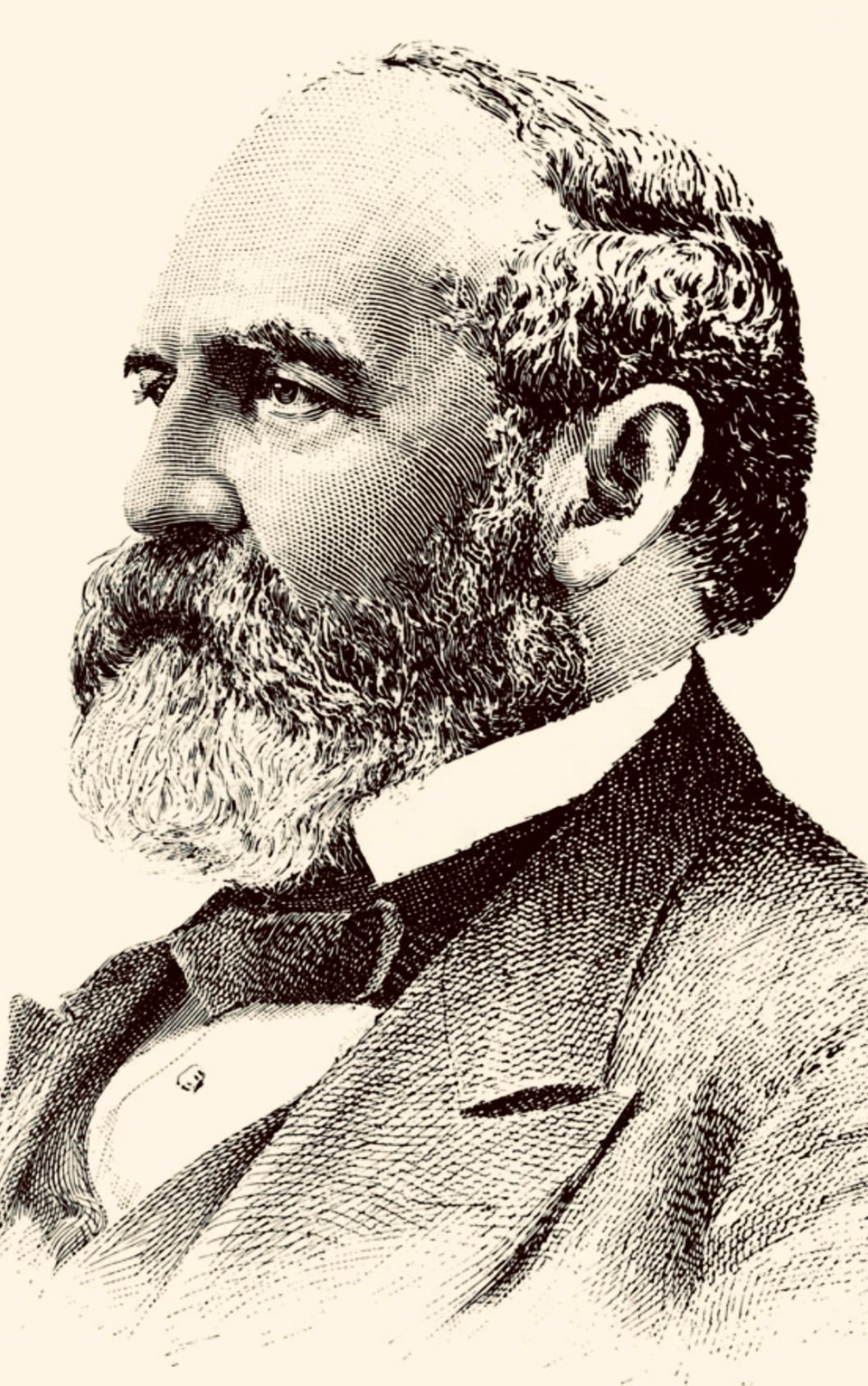Collis Potter Huntington. A name synonymous with the ambition and controversy of the Gilded Age. While largely forgotten today, Huntington was a titan of industry, a driving force behind the Central Pacific Railroad, and a key figure in the creation of the first transcontinental railroad. His story, from impoverished beginnings to immense wealth and power, is one of relentless drive, shrewd business tactics, and a complex legacy that continues to be debated.
From Peddler to Railroad Magnate: Huntington’s Rise
Born in the humble town of Harwinton, Connecticut, on October 22, 1821, Huntington’s early life offered little indication of his future grandeur. Starting as a peddler, he honed his business acumen, likely developing the negotiation skills and entrepreneurial spirit that would later propel him to success. Alfred Winklmayr, another figure of this era, showcased a similar drive, albeit in a different field. Drawn westward by the allure of the California Gold Rush, Huntington arrived not to pan for gold, but to supply miners with much-needed goods. This venture proved incredibly lucrative, laying the foundation for his future endeavors.
Forging the Iron Horse: The Central Pacific Railroad
Huntington’s true ambition lay in the burgeoning railroad industry. Joining forces with Leland Stanford, Mark Hopkins, and Charles Crocker (the “Big Four”), he embarked on the audacious task of building the Central Pacific, the western portion of the transcontinental railroad. This endeavor was fraught with challenges, including traversing treacherous mountain terrain and securing funding. Huntington played a crucial role, not only in financing the project but also in navigating the complex political landscape of Washington D.C. He tirelessly lobbied for land grants and government subsidies, often employing tactics that later drew accusations of bribery and corruption. Some historians suggest that his political maneuvering pushed the boundaries of ethical conduct, raising questions about the price of progress.
A Legacy of Steel and Shadows: Expansion and Controversy
The completion of the transcontinental railroad in 1869 was a transformative moment for America, connecting the East and West Coasts and ushering in a new era of commerce and communication. Huntington’s role in this feat was undeniable. However, his relentless pursuit of expansion and consolidation, culminating in the creation of the Southern Pacific Railroad, continued to fuel controversy. His business practices were often ruthless, drawing criticism for exploiting workers, particularly the Chinese laborers instrumental in constructing the Central Pacific, and manipulating markets. The burgeoning railroad empire, while undeniably impactful, cast a long shadow.
The Gilded Cage: Politics, Philanthropy, and Personal Life
Huntington’s wealth and influence extended far beyond the railroad industry. He became a major player in California politics, wielding considerable power and shaping the state’s development. His political activities, however, were often intertwined with his business interests, further blurring the lines between public service and private gain. Despite the controversies, Huntington also engaged in philanthropy, amassing a significant art collection, much of which he bequeathed to the Metropolitan Museum of Art. He also supported the development of educational institutions, leaving a complex and multifaceted legacy. His personal life, too, was marked by both enduring companionship and controversy. His first marriage to Elizabeth Stoddard, a distant cousin, lasted nearly four decades until her death in 1883. A year later, he married Arabella Duval Yarrington Worsham, a woman who would become a significant force in art collecting and philanthropy, and whose adoption of a son, Archer, continues to intrigue historians.
The Huntington Legacy: A Complex Tapestry
Collis Potter Huntington died on August 13, 1900, leaving behind a legacy as intricate and contradictory as the man himself. He was a visionary who helped connect a nation, a ruthless businessman who amassed a fortune, and a controversial figure whose actions continue to be scrutinized. Was he a robber baron or a captain of industry? A benevolent philanthropist or a shrewd manipulator of public image? The answer, probably, lies somewhere in between. Huntington’s story offers a compelling glimpse into the complexities of the Gilded Age, a period of rapid industrialization, immense wealth disparity, and evolving ethical standards. He stands as a reminder that progress is rarely a straightforward path, and that even the most transformative figures are often flawed. Just as Branwell Bronte’s life offers a different perspective on the artistic landscape of the time, Huntington’s story illuminates the multifaceted nature of progress and the enduring tension between ambition and social responsibility. Ongoing research continues to uncover new facets of his life and refine our understanding of his complicated place in American history.
- Unlock Water’s Symbolism: A Cross-Cultural Exploration - April 20, 2025
- Identify Black and White Snakes: Venomous or Harmless? - April 20, 2025
- Unlocking Potential: Origins High School’s NYC Story - April 20, 2025















